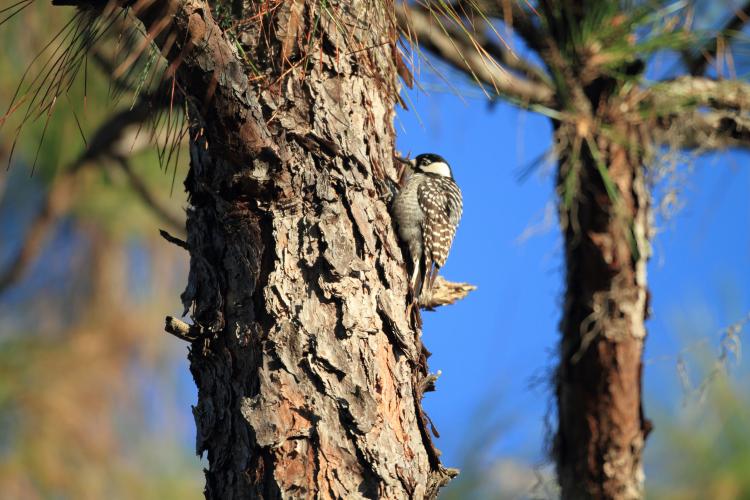Forest Wetland Protection
Wetlands serve many important functions in the woodland ecosystem, providing everything from wildlife habitat and water quality to flood protection. There are many different types of wetlands, many different sizes and shapes supporting unique communities of plants and animals, but they all adhere to one general definition: a piece of land where water levels are near or at the surface for consistent periods of time. That one factor defines this unique landscape feature and ensures that it can play these special roles in your woodland:
- A wildlife haven. Birds, insects, fish, amphibians and many more wild species depend on wetlands for food, nesting sites and protection from predators.
- Flood protection. Wetlands can store excessive amounts of water from storms and snowmelt. Research has shown a single acre of wetlands can store up to 1.5 million gallons of floodwater.
- Water quality protection. Wetlands act as a filter for runoff, pulling out pollutants and providing the same services for free that a multi-million dollar wastewater treatment plant provides.
- Erosion prevention. Like riparian areas, wetlands can stabilize lake shorelines and stream banks and prevent erosion by waves, currents and runoff.
By employing Best Management Practices for wetlands you and your woodlands can enjoy all the no-cost services that wetlands provide. Protect your wetlands by:
- Avoiding construction of roads and landings in wetlands.
- Avoiding intense forest management activities in wetlands and their buffers. When activities are unavoidable, they should be limited to when the ground is frozen.
- Do not dispose of slash in wetlands.
- Do not use pesticides and other toxic chemicals in wetlands.
- Create buffer zones around wetlands to protect them from management activities.
How can I get more tips?
It’s simple! Enter your email below.

